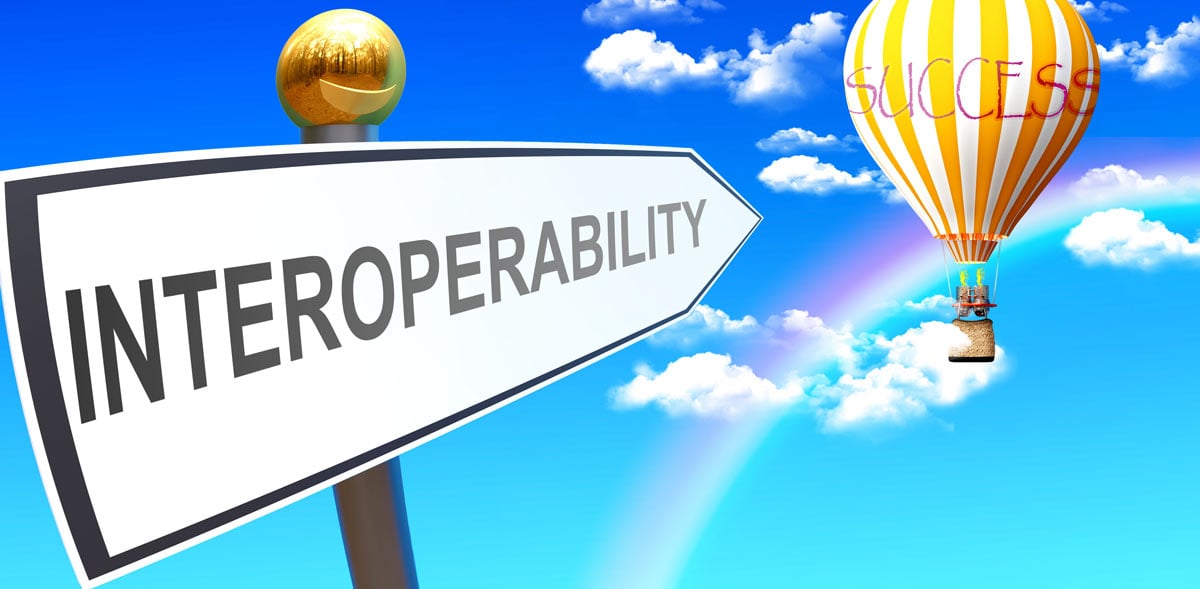What do New York Times best-sellers and successful online learning courses have in common? A lot, actually. Although modern education is rapidly moving away from traditional textbooks and learning material, online course creators can still take a page from the book of traditional publications. Best-sellers become best-sellers for a reason, and many of the qualities that define a best-selling book also apply to digital learning content.
Top-selling books engage readers through not one but six essential elements that can easily translate to elearning. These six characteristics are key to producing educational content that draws and keeps attention:
1. Eye-Catching Design
While the expression “don’t judge a book by its cover” is still commonly used, let’s be honest - our human nature is to respond to first impressions. Cover art is the first thing people notice when they see a book on display, inspiring potential book-buyers to pick it up off the shelf. The design of an online course has a slightly different purpose, but it’s just as important.
While a book cover draws readers in, a well-designed online course holds their attention. An intuitive layout, appealing color-scheme, and carefully thought out navigation panel makes online learning a much more enjoyable experience. While this doesn’t serve to sell the course initially, it drastically improves the odds that a student will choose to purchase another online course in the future.
2. Simplicity
Best-selling books unanimously have a clear focus. Too broad a focus can feel distracting, and irrelevant information uses up valuable minutes of reader attention span. A defined focus improves clarity, both in novels and in online learning content. Outlining clear learning outcomes - usually by way of a syllabus or course preface - helps to maintain a sense of focus and continuity from one section of the course to the next.
3. Storytelling Style
A best-selling author knows how to tell a story. Popular books follow a logical order, generally progressing from beginning, to middle, to end, but they also have that little something special to keep readers engaged throughout. That something special can come in many forms; humor, tragedy and remarkable adventure to name a few. Similarly, quality elearning courses must do more than follow a meaningful progression; learners that feel a sense of connection to the material are more likely to comprehend and retain the knowledge intended.
For example, a course introduction can be evolved from a short history of the concept to a real-world example of how this knowledge can be applied once learned. Chapter headings can include short knowledge checks that allow a learner to self-assess their level of understanding before they dive in, allowing them to feel more in control of their learning experience and to focus on the biggest knowledge gaps based on their results. The course summary can deliver on something powerful that's been promised early on.
4. An Appreciation of Audience
J.K. Rowling didn’t write the Harry Potter series with adult vocabulary. Like all good writers, she knew her audience and chose her words and phrasing to match. Elearning course developers must similarly adapt to their audience. An online course is rendered useless if the students taking it find it too challenging to process, or so dumbed down that it’s perceived as insulting. Design a course that suits the intended audience, taking into account both age and prerequisite knowledge.
5. A Fast Pace
Although many classic novels are lengthy and slower and steady in pace, today’s best-sellers tend to follow a quicker attention-grabbing cadence. Modern authors are aware that readers have less toleration for long-form text and have adapted their style to match. Online courses have even more incentive to keep content concise - every extra word increases the likelihood of students losing focus. Breaking content into smaller pieces, often referred to as microlearning, is a great tool to keep the course moving quickly.
6. Uniqueness
Best-sellers are never re-writes of someone else’s idea. They’re unique, genuine, and often take a risk. Course builders have the power to set their learning material apart from the pack in this exact same way - by innovating, taking risks, and creating new solutions for today’s students. While course subject will greatly impact the types of risks you can take, an idea that comes to mind relates to Earth Science; a student may find it engaging to hear an explanation of meteorology in a world where the Earth was flat. Assuming this is prefaced as a hypothetical, a student may find it to be a unique and engaging critical thinking exercise.
In summary, best-selling books teach us that engaging elearning material must:
- Look good
- Be easy to follow
- Grab a reader's attention throughout
- Resonate with their manner of learning
- Flow at a reasonable pace
- Be creative
To best incorporate these elements into your next project, consider leveraging Gutenberg Technology's interactive content authoring platform. Not sure where to start? We're here to help.






Leave a comment